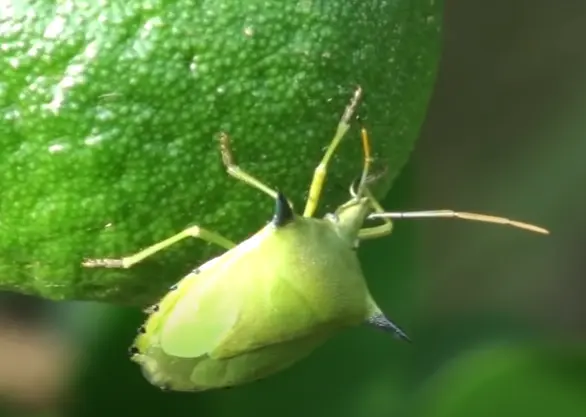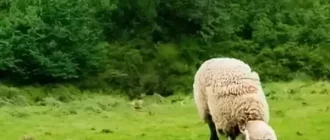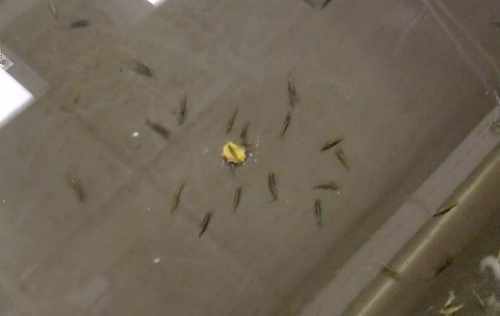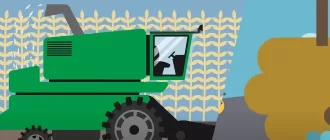When it comes to managing pests, many people are turning to natural methods as a safer and more sustainable alternative to harsh chemicals. Natural pest management not only protects our health and the environment but also helps maintain ecological balance.
If you’re curious about the different types of natural pest management, you’re in the right place!
Let’s explore some effective and eco-friendly techniques that can help you keep those unwanted critters at bay.
Biological Control
This method involves introducing natural predators or parasites into your garden or home to control pest populations.

For example, ladybugs are natural enemies of aphids, and releasing them in the garden can help keep aphid populations in check. This type of control is non-toxic and can be an excellent long-term solution for managing pests.
Crop Rotation
Rotating the crops you grow can help break the life cycle of pests that target specific plants. By planting different crops in a particular area each year, you can reduce pest infestations and improve soil health. Crop rotation also helps maintain a diverse ecosystem, making it harder for pests to establish long-term populations.
Companion Planting
Certain plants can repel or deter pests when grown alongside susceptible crops. For instance, planting marigolds near tomatoes can help deter nematodes, while garlic can repel aphids when grown alongside roses. Companion planting not only reduces pest damage but also enhances biodiversity and promotes overall plant health.
Physical Barriers
Installing physical barriers like fences, netting, or row covers can effectively prevent pests from reaching your plants. These barriers create a physical barrier between pests and your crops, keeping them at bay without the need for chemical sprays. This is particularly useful for protecting delicate or valuable plants, such as berry bushes or seedlings.
Traps and Lures
Traps and lures are devices designed to attract and catch pests, reducing their population. For instance, pheromone traps can be used to attract and catch certain types of insects, such as fruit flies or moths. Sticky traps can also be effective in capturing flying pests. Traps and lures are nontoxic and can be used in combination with other natural pest management strategies.
Organic Pest Repellents
Many natural ingredients, such as neem oil, vinegar, or essential oils, can act as effective repellents against pests. These substances are safe to use and can be sprayed directly on plants or around the affected areas. Organic pest repellents provide a chemical-free alternative to traditional pesticides while still deterring pests effectively.
Conclusion
By incorporating these various types of natural pest management techniques into your gardening or pest control routine, you can create a healthier, safer, and more balanced environment for both your plants and yourself. Remember, prevention is key, so maintaining good garden hygiene and identifying and addressing pest issues early on will greatly contribute to the success of your natural pest management efforts. Embrace nature’s way of maintaining balance and say goodbye to harmful chemicals!






